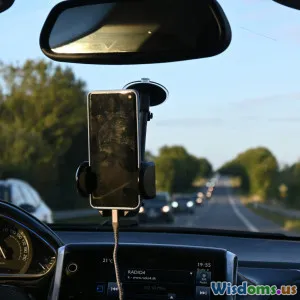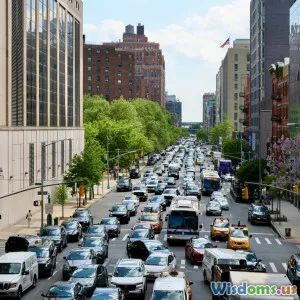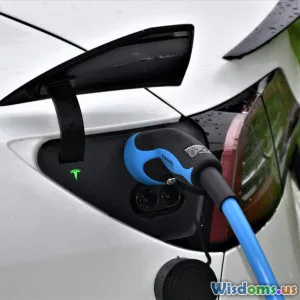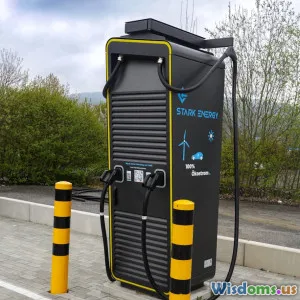
What Slows Public EV Charging Rollouts in Major Cities
16 min read Explore key factors delaying public EV charging infrastructure rollout in metropolitan areas. (0 Reviews)
What Slows Public EV Charging Rollouts in Major Cities
Cities around the world are racing to embrace electric vehicles (EVs). Major metropolises, keen to keep air cleaner and transportation greener, have set ambitious targets for everything from zero-emissions buses to citywide EV proficiency. Yet, a persistent hurdle stands in the way: expanding public EV charging networks at the needed speed and scale. Despite technological promise and consumer demand, progress sometimes feels frustratingly slow. Why? Let's dive into the mix of challenges slowing electrification and explore how cities might speed up change.
Complexities of Urban Infrastructure Adaptation
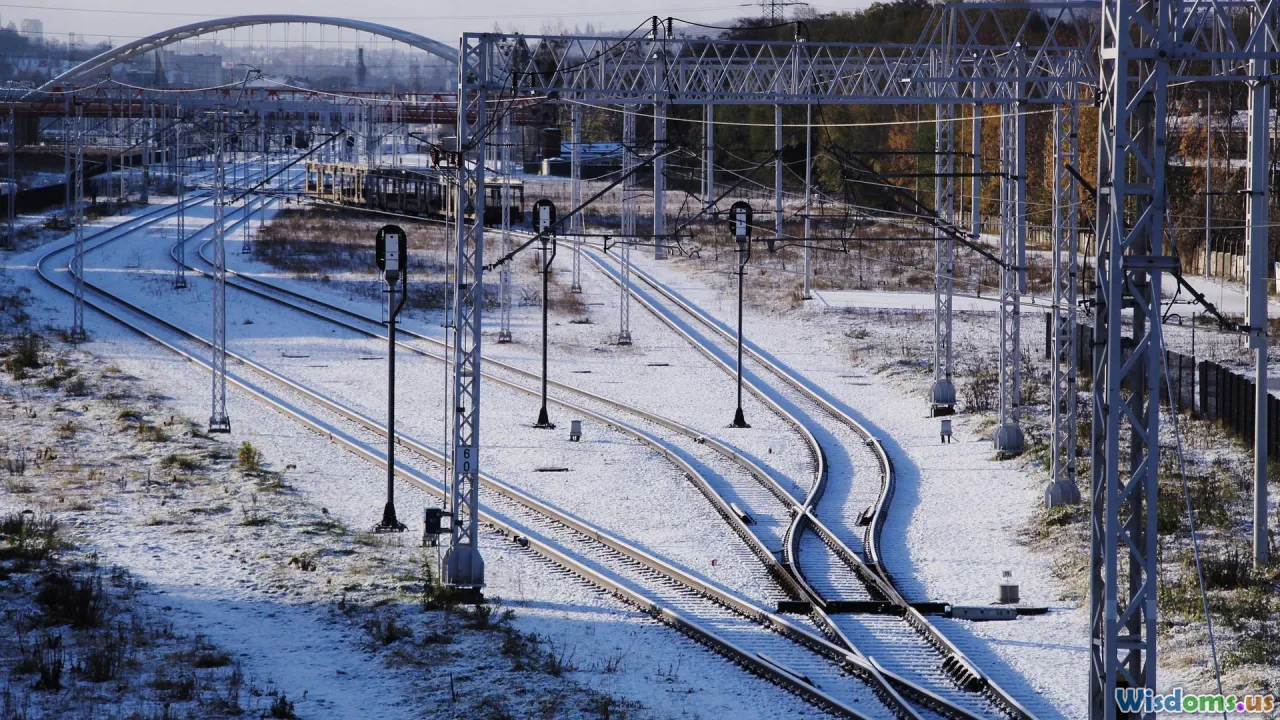
Shoe-horning a cutting-edge EV charging ecosystem into the patchwork of an established city is no small feat. Unlike sprawling suburbs, city centers contend with limited space, dense building clusters, and legacy infrastructure. Let’s unpack why retrofitting urban spaces isn’t straightforward.
-
Limited Real Estate: City sidewalks, public parking lots, and curbside spaces are already hotly contested for outdoor dining, bikeshare docks, ride-share drop-offs, delivery zones, and more. Setting aside even a few curbside spots can provoke resistance from businesses and resident groups.
-
Aging Electrical Grids: Many cities operate on power networks that predate computers, let alone EV charging. Large banks of fast chargers require robust, high-amperage connections. For example, New York City’s first curbside Level 2 charging pilots encountered significant permitting and construction delays due to network upgrades required by Con Edison, the city’s utility owner.
-
Historic Neighborhood Protections: Special designations (like London’s Conservation Areas or Paris’s controlled arrondissements) mean digging up sidewalks risks upsetting historical commissions, further complicating site selection and permitting.
In cities like San Francisco, dense traffic and elaborate planning codes can stretch the installation of a single public charger from a matter of weeks (in greenfield settings) to a year or more.
Utility Grid Capacity & Coordination Woes
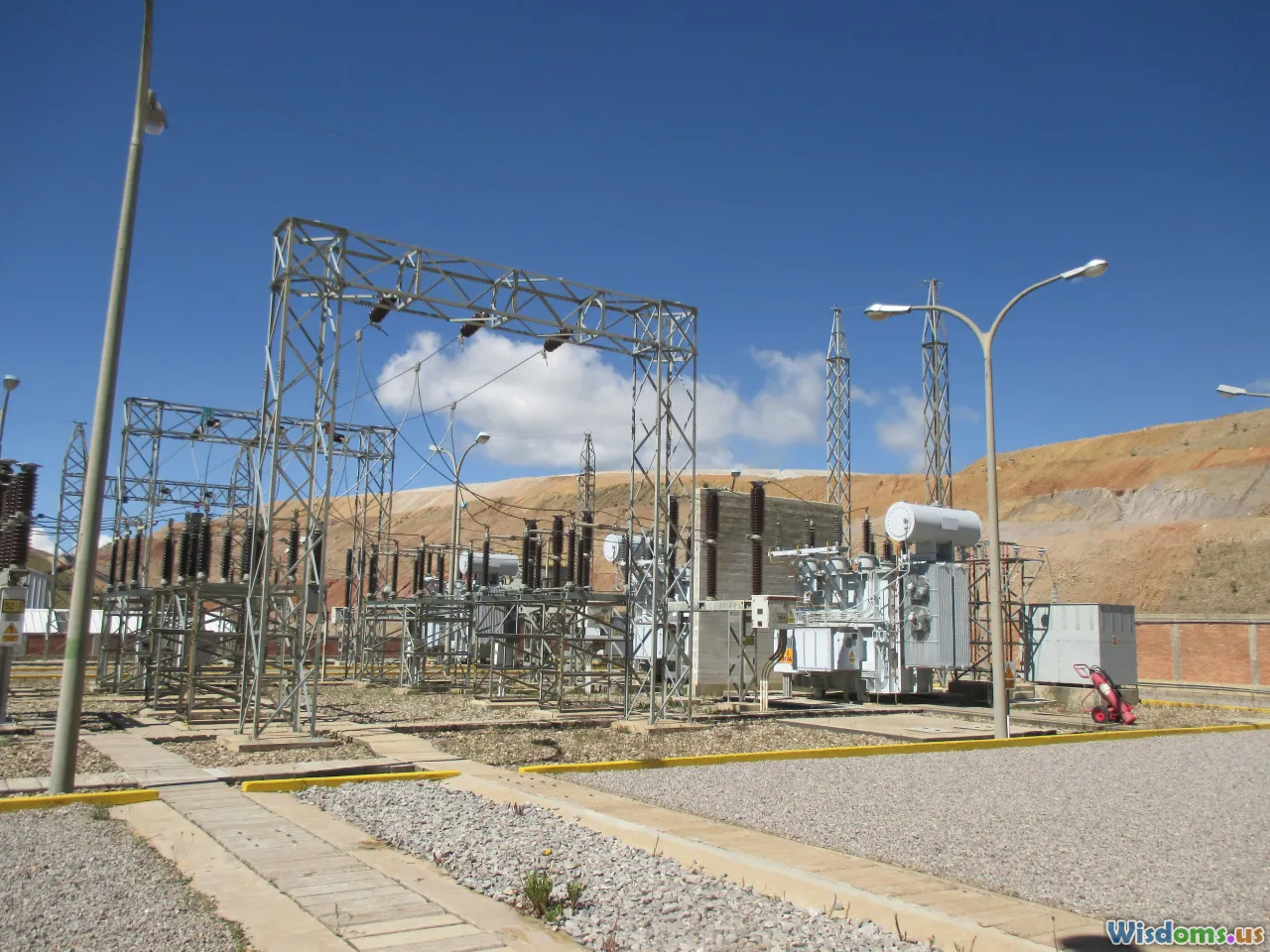
Robust public EV charging networks depend on more than space—they demand power, and lots of it, when and where it’s needed. Major cities often discover their existing electrical infrastructure wasn’t designed for rapid, high-amperage car charging across many sites.
Consider these pinch points:
-
Local Transformer Limits: Public fast chargers (DCFCs), which can restore most EV batteries to 80% in 30-45 minutes, require massive current. Deploying even a handful onto a block can exceed the capacity of local transformers. Cities—like Los Angeles and London—have found themselves in lengthy rounds of grid impact studies and cascade upgrades before chargers become operational.
-
Long Approval Timelines: Utility companies, saddled with legacy admin systems, often juggle multi-month (or multi-year) backlogs. The coordination between city planners, private charging providers, and utilities is notorious for opaque processes and finger-pointing when delays arise.
-
Demand and Load Management Hurdles: Urban power grids experience wild swings in demand—from midday lulls to evening surges when commuters seek charging. Integrating smart charging solutions, like those piloted in Amsterdam, requires aligning IT, hardware vendors, power companies, and city departments—a complex human and technical challenge.
Even world-leading cities cite utility connection times as the number-one drag on infrastructure buildout. The city of Toronto, for instance, requires several months of wait time just for basic approvals to run new high-voltage electrical wiring to public chargers.
Regulatory Complexities and Slow Municipal Permitting

While cities trumpet their green goals, local governments are often ill-equipped to shepherd EV charging projects through the gantlet of regulations, zoning, and land use rules efficiently.
-
Patchwork Regulations: Every city—and sometimes, every borough or neighborhood—may apply its own zoning codes and design specs to chargers. For example, New York’s five boroughs have different parking rules, impacting whether curbside or off-street locations are feasible.
-
Permitting Backlogs: COVID-19 temporarily ground many municipal building and permitting offices to a halt, creating backlogs that have yet to clear. Even routine upgrades—like mounting a new charger onto an existing lamp-post—can trigger lengthy reviews by departments ranging from transportation to historical preservation.
-
Conflicting Stakeholder Interests: Chargers installed on public right-of-way can evoke opposition—from neighboring businesses worried about lost parking revenue, to resident coalitions citing visual clutter. Each objection can stall or reshape a project.
For example, London’s borough model gives significant discretionary power to local officials—meaning clarity about charger deployment can vary block by block. This adds risk and delay, both for public agencies and private operators alike.
Interoperability and Payment System Fragmentation

In many cities, early charging deployments were patchwork efforts led by different private companies, automakers, and public agencies. Fast forward a decade, and the landscape is a mosaic of networks, each with their own app, payment scheme, and access protocols. The result: consumer frustration and lower utilization rates.
-
Walled Gardens: Many networks, like EVgo or ChargePoint in the U.S., historically required specific memberships or RFID cards, leaving occasional users stranded—or jumping from app to app.
-
Lack of Real-Time Data Sharing: Limited data integration means finding available chargers remains difficult. While global efforts for standardization (such as the Open Charge Point Interface, OCPI) progress slowly, real-world deployments often stay siloed.
-
Inconsistent Payment Systems: Unlike public transportation, most cities lack a single "tap-and-go" concept for chargers. In Tokyo, cities with streamlined options via credit/debit card see higher usage compared to U.S. cities where proprietary apps are still required.
Consumer pain points deter newcomers from EV adoption and lower the return on investment for charger operators—a vicious circle that puts the brakes on expansion projects.
High Upfront Costs, Uncertain ROI, and Market Fragmentation

Public charging infrastructure demands hefty initial investments: equipment, installation, networking, power upgrades, and land acquisition all add up, often before a single kWh is sold.
-
Limited Utilization Rates: Outside a few hot corridors, many chargers operate well below capacity. For instance, a report by the International Council on Clean Transportation (ICCT) noted average public charger use rates of only 10-15% in early rollout cities. Low utilization drags down potential investor profits and makes it hard to secure financing for new locations.
-
Fragmented Business Models: Operators must navigate divergent funding schemes: government grants and incentives, public-private partnerships, and competitive markets. Misaligned objectives and short funding cycles can leave chargers under-maintained, or worse, dark.
-
Charging Deserts: Unlike gasoline, which can be profitably sold at almost any urban intersection, the dynamics of EV charging (longer user dwell times, fluctuating demand profiles, and hardware support needs) make many locations unviable—without constant public financial support.
Paris’s early efforts with the Autolib’ network in the 2010s highlighted the risk: despite city support, many stations fell idle or were dismantled after ballooning costs outpaced subscription revenue and municipal appetite for ongoing subsidy.
Social Equity and Community Acceptance Challenges

Equitable access to public charging is critical in ensuring the EV revolution isn’t a privilege of the well-off. Yet cities often discover significant cultural, financial, and communication barriers to deploying chargers fairly across diverse neighborhoods.
-
Locational Bias: Early charger installations tend to cluster in wealthier, business-centric districts, neglecting lower-income and minority neighborhoods. In Los Angeles, mapping analysis by UCLA researchers highlighted gaps in charger density across South LA as compared to the Westside, areas with higher EV adoption and more political influence.
-
Perceptions of Benefit: Some communities see EV chargers as symbols of gentrification or displacement. Without public outreach, projects can spark backlash rather than universal support.
-
Home Charging Gaps: Apartment dwellers and renters face particular hardship. While suburban homeowners can easily install private chargers, city residents dependent on public options are left behind if robust networks don’t exist—and are less likely to buy EVs as a result.
To counter this, cities like Seattle now prioritize charger installation in underserved districts—a mission reinforced by federal U.S. funds earmarked for equitable charging access.
Securing Talent, Know-How, & Project Management

The rollout of public charging networks relies on more than just hardware and money: experienced hands are in short supply. Urban governments, utilities, and private installers cite acute workforce bottlenecks slowing progress.
-
Specialist Shortages: Introducing high-voltage equipment in crowded street corridors calls for licensed electricians and specialists with experience in EV systems—a globally competitive talent pool. Delays stretch as teams scramble to balance charging projects with core municipal infrastructure needs like transit and road repair.
-
Complex Project Management: Delivering a citywide network demands sophisticated logistical skill: coordinating local government approvals, utility upgrades, network integration, and ongoing maintenance. Many cities lack dedicated project managers versed in both urban planning and charging technology.
-
Finding Innovators: Emerging charger models (e.g., inductive curbside charging or robotic cable dispensers) demand further expertise in research, pilot deployment, and troubleshooting.
Some U.S. cities respond by partnering with technical colleges, like Chicago’s recent alliance with City Colleges for dedicated EV technician training.
Tips for Accelerating Public EV Charging Rollouts
It’s clear that the hurdles are formidable—but far from insurmountable. Global leaders are discovering and refining solutions to quicken the pace.
-
Streamline Permitting: Washington, D.C., and Oslo have single-point digital portals for EV charger permit applications—a move that cuts waits and shrinks bureaucratic confusion.
-
Enhance Interoperability: Networks in the Netherlands offer truly nationwide access via standardized apps or RFID cards, creating a seamless driver experience and fostering higher utilization.
-
Prioritize Equity: Philadelphia’s EV charger siting uses data overlays of vehicle ownership, air quality, and socioeconomic status, prioritizing underserved areas.
-
Invest in Workforce: Apprenticeship programs, technical college partnerships, and continuing education ensure a steady pipeline of talent to install and maintain chargers.
-
Aggregate Demand for Cost Savings: Cities can band together—across regions—to negotiate volume discounts and share technical standards, as seen in joint purchasing programs in Germany and Scandinavia.
-
Leverage Innovative Business Models: Partnering with retail giants or rideshare hubs to host high-foot-traffic/captivity chargers can ensure high utilization and spread costs. For example, Walmart's collaborations with charging providers across North America.
-
Work Closely with Utilities: Early and continuous dialogue, clear public targets, and shared digital planning tools accelerate the deployment of power infrastructure and sidestep the most common grid-related bottlenecks.
Paving a Faster, Fairer Road Ahead

As EV adoption accelerates, demand for convenient, robust, and equitable public charging in cities only intensifies. Challenges—some visible, some hidden in city planning bureaucracy or grid substations—can be daunting. Yet, the slow pace isn’t inevitable.
Major cities, by learning from both global best practices and local realities, can unlock smarter, speedier rollout pathways. Streamlined regulations, strong cross-sector partnerships, prioritization of equity, and ongoing community engagement will prove vital. As streets hum with more and more EVs, the networks we build today will play a central role in shaping a cleaner, more connected urban future for everyone.
Rate the Post
User Reviews
Popular Posts











